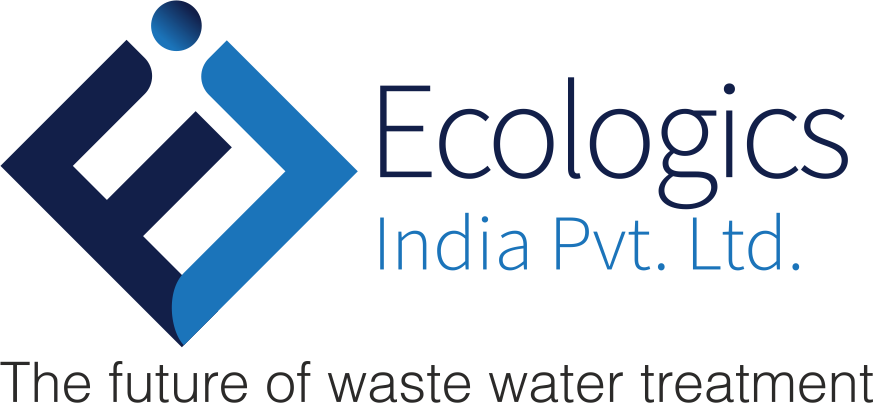Reverse Osmosis (RO) is the most popular water purification system currently available on the market. It uses semi-permeable membranes to prevent molecules, ions and particles from mixing into drinking water. We see this reverse osmosis process taking place in most of the water purifying appliances used in our homes.
Purpose
The main purpose of reverse osmosis is to treat brackish and groundwater for both small and large scale applications. Many industries like Pharma, food and beverages, semiconductor manufacturing and metal finishing use RO techniques to purify water for their usage.


Features of RO
- Removes salts from raw water
- The low quantity of carbon used
- Non-contaminated emission
- Simple setup structure
- Stable water output
- Recovery rate is as high as 95%
- No alkali or acid involved
- Low installation and maintenance cost
The reverse osmosis mechanism is totally different from any other filtration process. Here physical holes don't exist in the membrane. The pores of the membrane are as small as 0.0001 microns which is negligible. Water and other smaller molecules can diffuse through membranes' polymer by creating a bond in the polymer's chemical structure.
A standard RO process can remove up to 99% contaminants spotted in the water. Due to its effectiveness in a wide range of contamination removal, Reverse Osmosis is the central part of any efficacious water purification process. In this process, water molecules are being forced to pass through a 0.0001-micron membrane with the help of a water pressure generator. Long membrane sheets are sandwiched together and placed in a central hollow tube. This type of configuration is generally called the spiral wound module.
Various sizes of membranes can be found inside a RO machine. A domestic water treatment module has smaller membranes of 10” long and 2” in diameter. However, industrial RO modules can have larger membranes of 40” long and 4” in diameter.
Membranes are usually placed in a container or membrane housing. This setup is created so that a certain level of pressure can be applied on the membrane's surface. This pressure helps water to pass through membranes, separating unwanted substances from it. The left-behind substances are diverted to the waste drain automatically. This is why RO systems have minimal maintenance required, thus making it the most preferred method of water cleaning.
Reverse Osmosis is one of the most cost-efficient as well as the most effective water purification method available in today’s market. It has the power to cleanse dirtiest and most contaminated water. It can remove all types of biological impurities, dissolved solids, suspended particles, salts and chemicals.
- Residential and commercial drinking water purifier
- Industrial applications in sectors like pharma, heavy metal and food & beverages
- Restaurants and food court where freshwater is needed for cooking
- Water amusement parks and swimming pools
There is no doubt that Reverse Osmosis is the most preferred choice of water purification. Its ability to remove a wide variety of impurities makes it a great investment for health-conscious people. RO purifiers also last around 10 years which makes it a good value for money products.
If you need a RO purifier for your residence or commercial space, contact us. Our executives will visit your location and give you an estimate as well as a full demonstration of the process. Also, call us for any industry-scaled water purification plant requirement. We’ll be happy to assist you in this regard.

